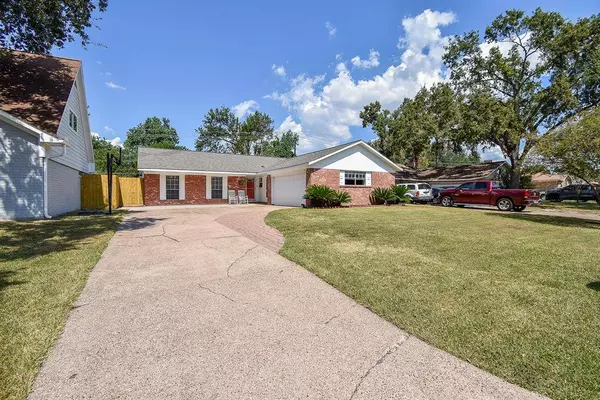Why Are We Seeing More Foreclosures?

Why Are We Seeing More Foreclosures?
What will happen now that the moratorium on foreclosures has ended?
Are we about to see a tsunami of foreclosures and a struggling market similar to what happened in the real estate market crash of 2008? The short answer is no—foreclosures will start to increase again but not enough to worry over. Today I’ll go into more detail and explain why increasing foreclosures don’t spell doom for the market.
At the beginning of the pandemic, many thought that a housing market crash would surely happen, but it didn’t. In fact, because of the combination of government support, low interest rates, and eager homebuyers, we experienced a housing boom. However, the various foreclosure moratoriums that protected people from financial disruptions during the pandemic are now ending. As a result, the number of foreclosures is now increasing again.
“Frustrated buyers will eventually have more options available to them.”
The number of foreclosure notices has increased by 219% since January 1. According to ATTOM Data Solutions, the number of properties that had foreclosure filings is up 153% compared to the same time period last year. Due to the tiny number of foreclosures over the last few years, the large increases we’re seeing now may look alarming on their own, but in context, this spike is a momentary blip as the market begins to normalize.
Rick Sharge, Executive Vice President of market intelligence at ATTOM, said, “Foreclosure activity across the United States continued its slow, steady climb back to pre-pandemic levels in the first half of 2022. While overall foreclosure activity is still running significantly below historic averages, the dramatic increase in foreclosure starts suggests that we may be back to normal levels by sometime in early 2023.”
How are these normalizing foreclosure levels going to affect the market? 1.75 million homeowners are still protected by forbearance programs, but it would not take that many foreclosures to alleviate our extremely tight housing market. According to the National Association of Realtors, only 1.37 million units are currently available for sale, which is the lowest inventory level since data started being tracked in the 1980s. Frustrated buyers will eventually have more options available to them, but it will take many months of foreclosure increases for buyers to truly see a glut of inventory.
If you have any questions about the end of forbearance programs, the rise in foreclosures, or anything else about our shifting market, don’t hesitate to reach out by phone or email. I’m happy to help.
Trackback from your site.
Leave a Reply
Categories
- All Blogs (66)
- Buy A Home (23)
- Buyer Tips (31)
- Deer Park Spotlight (1)
- Downloads (4)
- Downpayment Assistance / Grant Programs (4)
- Financing A Home (11)
- First Time Home Buyers (13)
- First Time Home Sellers (11)
- Follow Me Friday (5)
- For Sale By Owner / FSBO (7)
- Fun Stuff :) (6)
- Holiday Events (2)
- Home Appraisals (7)
- Home Inspections (6)
- Home Loan Process (10)
- Home Maintenance (7)
- Home Staging (4)
- Homestead Exemption (4)
- Investing (6)
- Listing Video Tours (7)
- Market Snapshot (7)
- Market Update (7)
- Miscellaneous (5)
- New Construction (5)
- New Listings (1)
- Raving Fans (5)
- Real Estate Knowledge Video Series (6)
- Sell Your Home (31)
- Seller Tips (28)
- Tax Credits (4)
- Testimonials / Reviews (5)
- Uncategorized (10)
- VIP Preferred Vendors (5)
Recent Posts











